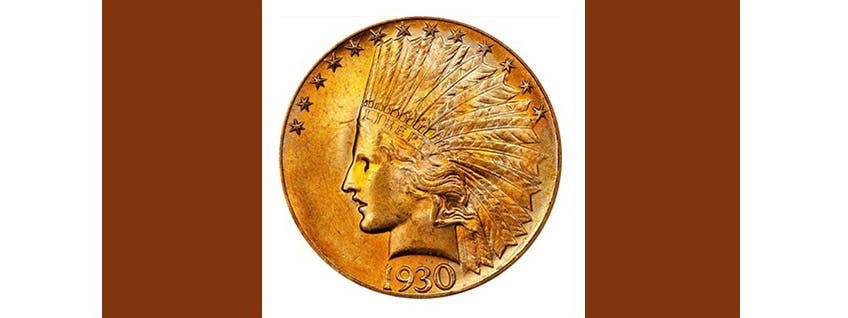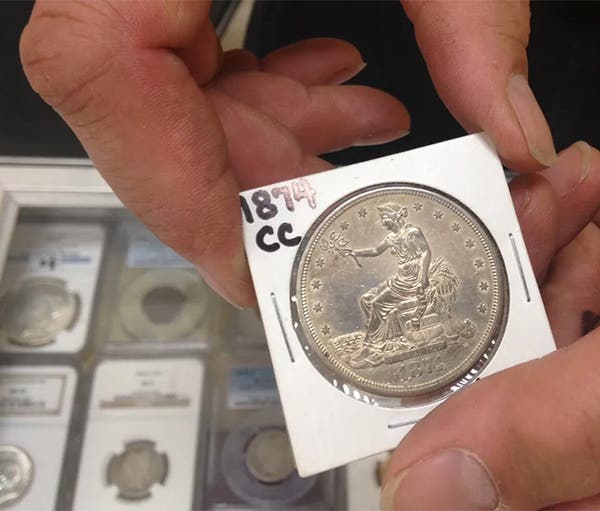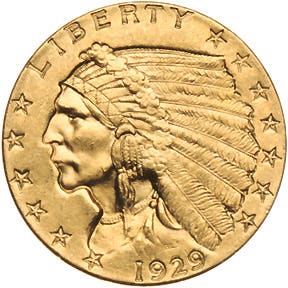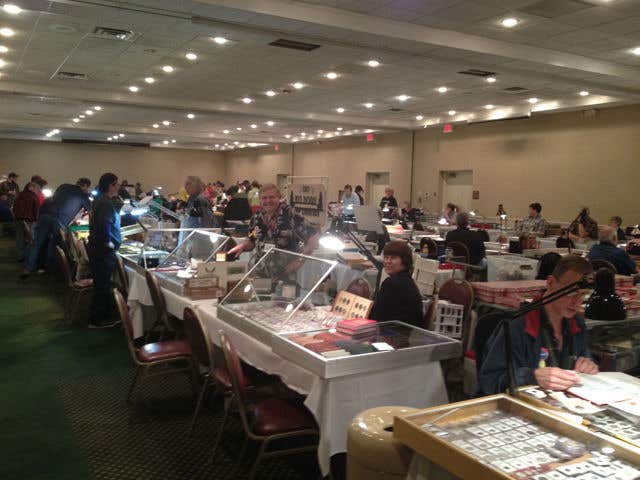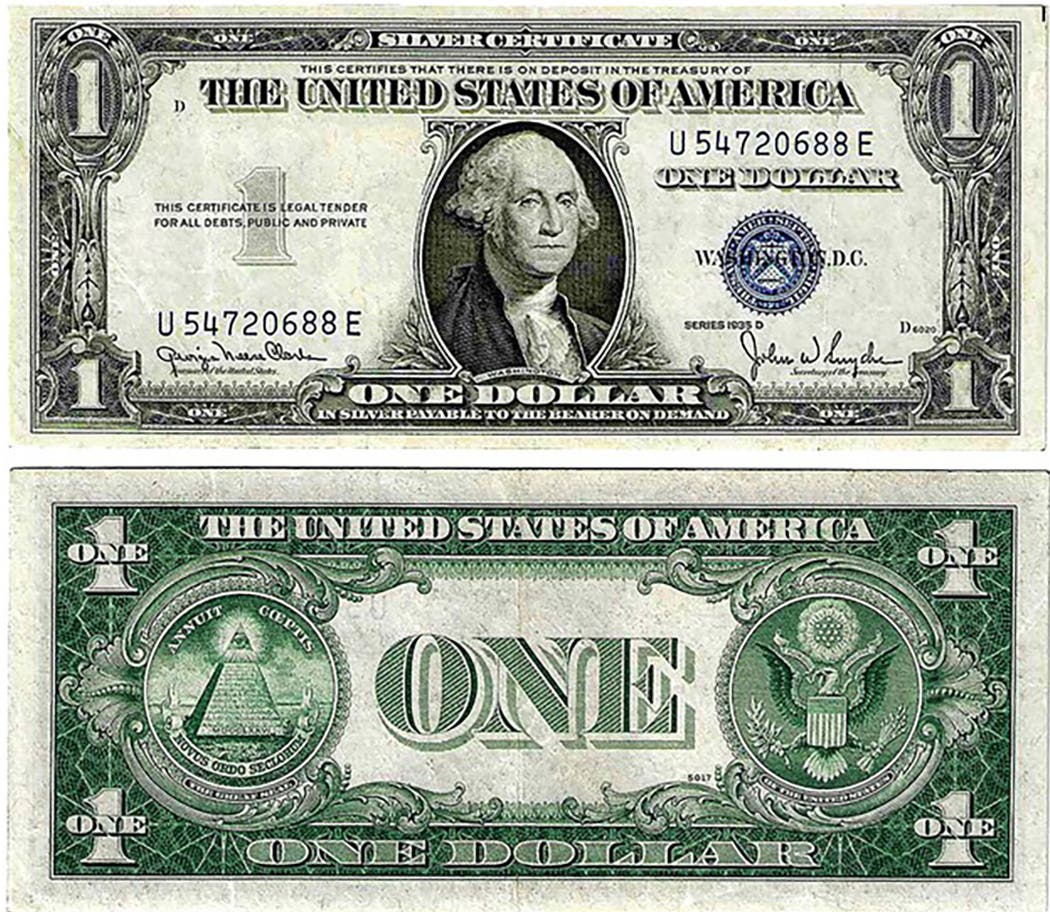Community Voice Responses (07/24/12)
From the June 29th Numismatic News E-Newsletter: Are you concerned that you might unknowingly buy a counterfeit coin? Here are some answers sent from our e-newsletter readers to Editor Dave…
From the June 29th Numismatic News E-Newsletter: Are you concerned that you might unknowingly buy a counterfeit coin? Here are some answers sent from our e-newsletter readers to Editor Dave Harper.
The fakes permeating the marketplace are a very real concern. My primary interest is Spanish Colonial, and the pillar eight reales coins are among the most heavily counterfeited coin series.
Collecting Trade dollars, Seated dollars or British sovereigns would put you at high risk for the presence of fakes in your collection. There are crude, underweight fakes that would fool no one, but, in the last 10 or so years, better and better fakes are beginning to enter the market.
The smaller denominations are now also being heavily counterfeited, and many of those are quite deceiving. The fall back position for many people seems to be slabbed coins. Sadly, the quality of the fake slabs has gotten to the point that slabs have gotten past PNG dealers on eBay, and a few suspect pieces have been discussed online. Add to that the increasing presence of “coin doctors.”
All these factors will ultimately destroy the marketplace since no one will be able to trust any source for authentic or scarce material. Maybe it’s a good thing that the hobby is growing increasingly older, that way there won’t be much unaltered or real stuff for the young ones to collect.
Sebastian Frommhold
Spring, Texas
I bought a 1915 $1 gold Panama commemorative last year from one of the auction houses online. I sent the coin to NGC to be graded and they returned it marked “counterfeit.” Fortunately, the dealer I purchased it from was decent and refunded my money upon return of the counterfeit coin.
Edward Sonnenschein
Tallahassee, Fla.
The falsification of coins is a plague in numismatics, not only of U.S. coins, but of world coins in general. As a collector of Mexican coins, especially counterstamped, being able to “smell” counterfeits is the most important skill that I need.
However, I feel that the industry (I like that word, it’s so unusual to me as a native German speaker) is falling short of its obligation to educate the collectors. Sure, counterfeits very rarely make it into the catalogs of big or specialized auction houses and dealers, but they also don’t make it to the public eye at all.
I know of only one company that runs a prominent page of known counterfeits on their website to educate the collecting public. Maybe it is because the dealers don’t want their clientele to know just how many fakes are out there in the fear of scaring them away from collecting.
I think this is short-sighted. Money spent on that “very special eBay find” is money taken away from auctions and bourse floors. And people will always go for that online hunt, regardless of how many times you tell us that it is only safe to buy from respected dealers.
After all, that is what we collectors are: hunters and gatherers.
Ralf W. Böpple
Stuttgart, Germany
We in New Zealand are a long way from the action, so I wanted to know if approaches are being made to the Chinese government? They seem quite reasonable about some things, but perhaps they are happy to hurt the American economy even in this small way.
I have a group of fakes myself, and they are getting better and better.
Jim Duncan
Auckland, New Zealand
Buyer beware. This is a standard in any collectible subject. I recently purchased copies of Civil War half dollars. The seller deals in Civil War items and advertised these halves as replicas, even though “copy” is not stamped on it. This is truth in advertising from him, and I will do business with him again. I feel I got a fair deal since the real thing is out of my price range.
Gary Kess
Escalon, Calif.
Please be careful with this topic. The reason the Chinese have become so good at making the “fakes” is because people with large mouths and/or loose keyboards tell them what is wrong with their fakes.
I have been collecting “replica” coins for years and have amassed a decent collection. Even Ancient Roman/Greek coins are not out of the eyes of counterfeiters both in China and Bulgaria (who almost take pride in what they do; fortunately they are years behind the Chinese).
Stories have come out of China, with substantial evidence, about what they have accomplished. A few years back I was quite involved with buying direct from the Hong Kong vendors. Getting unmarked coins was not difficult. Now it is possible to get coins that are made of the proper materials and slabbed to a point that they are virtually undetectable, even under scrutinizing examination.
I became “friends” with some of the “dealers” who would talk freely about what they do. The Chinese government was not too hard on them so long as they resisted making replicas of Chinese coins/currency, even if they were not going to release them in China.
One of the vendors I dealt with thought he could make Chinese coins to sell overseas only. It was nearly two weeks after I hadn’t been able to contact this person that I started asking around. He was caught, and executed (according to the other dealers who told me the story).
It is dangerous to allow these coins in the country, even for folks like myself who collect them. I have not been in contact with the vendors for over a year now since things started getting too serious.
The easiest fix is to know your dealers, even in your own country. But, even those I have spoke to admit that it is very possible some will slip through the cracks.
Name withheld
Counterfeit coins are the biggest problem facing coin collectors today. Especially at the hobbyist level with those most likely to help spread interest in coin collecting.
The industry would benefit greatly by providing information on how to detect fakes. These could be white papers with examples or video seminars. Simple tools like a plastic diameter tool for different U.S. coins or simple balance weight scales should be given away (or sold at cost) by those who benefit most from keeping this business safe, like the auction houses and professional grading services.
Patrick Bachler
Wilmette, Ill.
I’m concerned a lot. Since it’s primarily a problem from China, I’ve had to curtail any bargain hunting for coins from that area. However, as you know, they are expanding their numismatic scope considerably.
Copper coins, coins from places other than China and slabbed coins can no longer be assumed safe. They talk about cracking down, but with the market wide open, as it should be, I do not see a way to prevent it.
As we improve our detecting capabilities they will probably improve the deceptiveness of their counterfeits. I sent a Chinese Soviet dollar to a grading company and they kept it weeks beyond the other coins sent in, but it ultimately came back unslabbed as “unsure of authenticity.”
I appreciated their efforts but the coin is almost certainly authentic. The problem can work both ways, thus affecting the hobby negatively in more ways than one.
James Martin
Address withheld
The problem is so bad that I am no longer buying many coins from China and the Far East except for some copper and brass low to medium priced coins.
For graded examples, I check the serial numbers with the grading services and inspect the photos to see if I agree with the grades given. I will not buy high dollar examples unless they are from one of the major auction houses.
John DiBella Osprey, Fla.
I bought a Fo-Kien province seven Mace two Candareens in Vancouver, B.C. If it had been legitimate, it would have been worth several thousand dollars but it was underweight and probably silver washed. I did not know of the rarity after buying the coin at a pawn shop for $25 thinking it was just a Chinese silver dollar.
I keep it for the dragon and the memory of Canada.
Wesley Ellis
Portland, Ore.
The thought of it drives me away from the hobby.
Steve Schneider
Winona, Minn.
As an executive member of the Tasmanian Numismatic Society, I have willingly mentored new collectors for many years, and periodically the subject of fakes arises.
I always tried to point out the obvious, but these days the obvious is not quite as easy to define.
The trade in fakes from China has been a growing problem for decades, and it has reached alarming proportions. Further assaults are expected.
The following is a link to my non-commercial Numisnet World Internet newsletter from March 2011. It includes a re-printed article (from the club newsletter which I also still produce - Tasmanian Numismatist - July 2006) about this problem from an amateur hobbyist’s point of view. http://www.vision.net.au/~pwood/july06.htmhttp://www.vision.net.au/~pwood/mar11.htm
Graeme Petterwood
Tasmania
Indeed, I am worried about buying counterfeit coins. Other than Whitman folders I half filled when I was a child, I am new (in the last year) to coin collecting.
I am sure a cent I bought online is counterfeit. I vowed only to buy slabbed coins after that experience. However, I am finding that, apparently, even that is not safe.
I like modern commemoratives. I purchased an encapsulated 1997 Law Enforcement Officers Commemorative coin on eBay the day before yesterday. Now I’m worried the coin is counterfeit.
Now I see that slabs, too, can be counterfeit. I am disheartened enough that I may stop collecting the commemoratives I think of them as miniature works of art.
Hobbyist
Rancho Cucamonga, Calif.
While at a coin show I listened to two dealers discussing an 1852 Spanish 20 escudos showing the obverse portrait of Queen Isabel and the reverse Spanish coat of arms.
The reverse was weakly struck in the center of the coin but otherwise it was a nice, fine coin showing expected wear. The color was right for silver and the raised edge lettering and silver toning were as expected.
The dealer who owned it dealt mostly in U.S. coins while his neighbor was a foreign coin dealer. I entered the conversation and volunteered a magnet. To our combined surprise, the magnet picked up this “silver” coin.
This was a superb, silver plated steel struck forgery that did not have the look of the current Chinese “silver” dollar struck forgeries.
My advice to anyone dealing in silver coins would be to make sure any you buy are not magnetic. This is simple to do, quick, and non destructive. I would be especially wary of all foreign silver crowns. At current lower silver prices, this coin was a $20 mistake.
Caveat emptor.
Name withheld
Massachusetts


